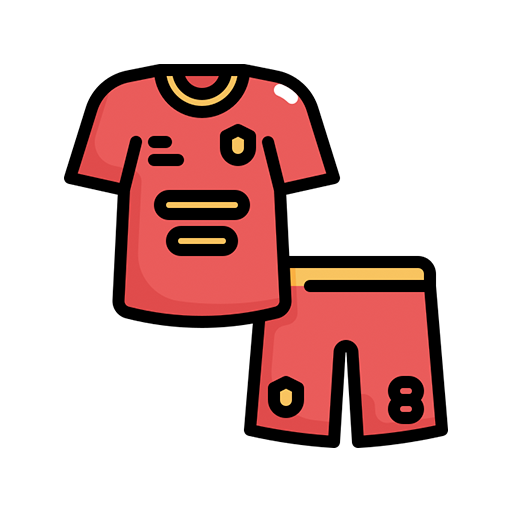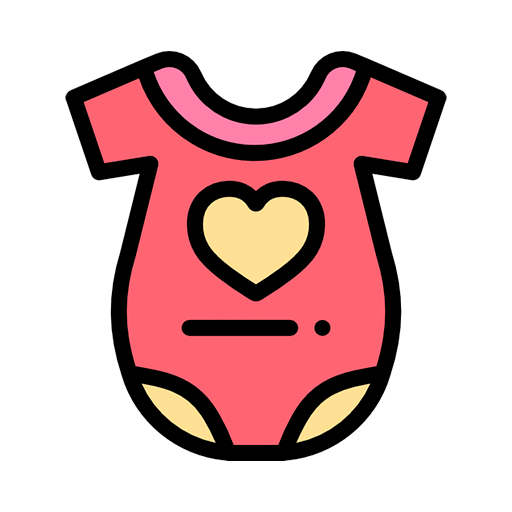
When to move baby to toddler bed
Share
As parents, we are constantly seeking out the most suitable environments and tools for our babies to grow and thrive at every stage of their development. The crib, serving as a cozy nest for our little ones during their first few months or even years, not only provides a safe and comfortable sleeping space but also bears witness to every precious moment of their growth, from being swaddled newborns to their first tentative steps.
However, as babies' physical development and cognitive abilities advance, the crib gradually becomes inadequate for their needs, making the transition to a toddler bed an important consideration for parents.
When to Consider the Move?
Physiological Development Needs
The readiness of a baby to leave the crib largely depends on their physical development. Typically, when babies start frequently rolling over, sitting up, or even attempting to stand, the limited space of the crib can hinder their free movement. This may lead to frequent awakenings due to restricted space, affecting sleep quality. Additionally, if babies have become adept at climbing over the crib rails, safety concerns necessitate an immediate move to prevent potential harm.
Psychological Development Changes
Apart from physiological needs, babies' psychological development also plays a crucial role in determining the timing of the transition. As their cognition of the surrounding world enhances, babies yearn to explore broader spaces and engage in more interactions with people and objects. If the crib restricts their field of vision and activity range, they may exhibit dissatisfaction or irritability. In such cases, a more spacious and open toddler bed might better fulfill their psychological needs.
Changes in Family Environment
Changes in the family environment are another significant factor influencing the timing of the move. For instance, the impending arrival of a new family member (like a second baby) may necessitate preparing a new sleeping space for the older child to ensure better rest. Furthermore, alterations in living conditions (such as moving or renovating) can also prompt parents to consider changing their baby's bed.
How to Determine if Your Baby is Ready?
Observing Your Baby's Behavior
The most direct approach is to observe your baby's behavior in daily life. If they frequently attempt to climb out of the crib or frequently wake up due to bumping into the rails while sleeping, these could be signals that their physical development has surpassed the crib's limitations. Additionally, if your baby shows a keen interest in other beds in the house (like your bed or their sibling's bed) and is willing to play or nap on them, this could also indicate readiness for a change.
Assessing Your Baby's Emotions
Your baby's emotional state is also a crucial basis for judging readiness. If they exhibit dissatisfaction or irritability in the crib, often crying or refusing to sleep, it might be because they feel uncomfortable in the current sleeping environment. Trying out a more spacious and comfortable toddler bed might improve their mood and sleep quality.
Consulting Professionals
If you're unsure about the timing, consulting pediatricians, child psychologists, or professional parenting consultants can provide more scientific and reasonable advices based on your baby's age, physical development, and family environment.
Preparing for the Move
Choosing the Right Toddler Bed
When selecting a toddler bed, consider factors such as safety, comfort, durability, and your baby's personal preferences. Ensure the bed complies with Consumer Product Safety Commission (CPSC) guidelines and inspect its structure for stability, appropriate rail spacing, and the absence of sharp edges. Additionally, choose a style that resonates with your baby's gender, age, and interests, such as a racing car bed or princess bed, to enhance their sense of belonging and excitement.
Creating a Familiar Environment
To help your baby adapt to the new sleeping space quickly, surround the toddler bed with familiar items like their favorite toys, blankets, or pillows. Place the bed in a similar location to the crib to maintain a sense of familiarity. Furthermore, engage in bedtime routines like storytelling or singing lullabies to help them relax and fall asleep smoothly.
Gradual Transition
For a smoother adaptation, adopt a gradual transition approach. Start by allowing your baby to play or nap on the toddler bed during the day to familiarize themselves with its feel and smell. When it comes to nighttime, initially connect one side of the crib to the toddler bed to create a continuous space perception. Gradually, as your baby becomes more accustomed to the new bed, remove the crib completely and let them sleep fully in the toddler bed.
Precautions
Safety First
During the process of transferring the baby from a crib to a toddler bed, parents must always prioritize the baby's safety. Ensure that the toddler bed is structurally sound, with appropriate spacing between the bars and no sharp edges or other potential hazards. Additionally, ensure that there are no items around the baby when they are sleeping that could cause suffocation or strangulation, such as loose sheets or pillows.
Pay Attention to the Baby's Emotional Changes
Moving to a toddler bed can be a significant change for the baby, so parents need to closely monitor their emotional state. If the baby cries, refuses to sleep, or experiences decreased sleep quality after the transition, parents should promptly take measures to soothe and adjust to help the baby smoothly adapt.
The transition from a crib to a toddler bed is a warm and significant milestone for both parents and children. While we may encounter challenges and difficulties during this process, as long as we prioritize the baby's health and safety and create a cozy, comfortable sleeping environment with care, we can trust that the baby will successfully adapt to this change.




